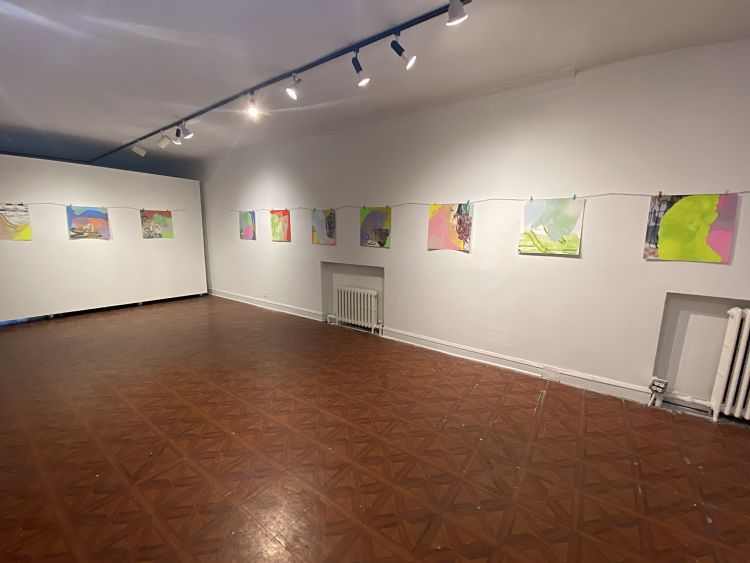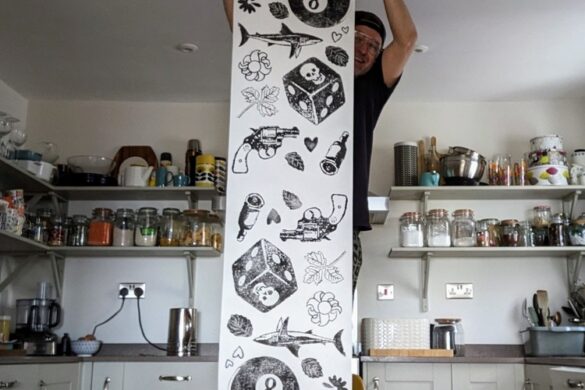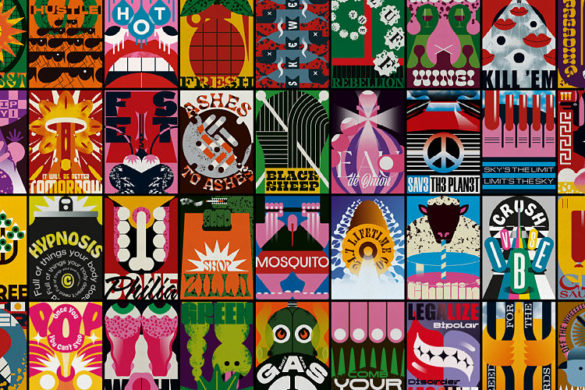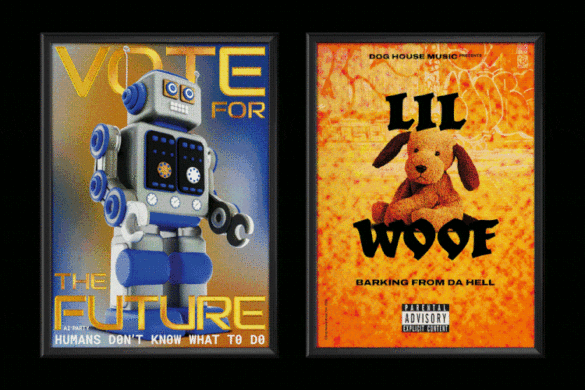Currently on view at Parlour and Ramp (Chicago) is Assemble; an exhibition of Vic Barquin’s most recent collages and screen prints produced through her collaborative publishing program, Halftone Projects. The collages on display feature screen printed halftone dots, neon poster board, and torn up fragments of older prints. Using editioned images, Vic creates unique pieces that originate from duplicates. Her commitment to collage started during the pandemic as a way to limit material expenses and reassess the value of her own work. The simplicity of this new series operates as a distillation of her past prints, offering a sense of clarity through isolated gesture.
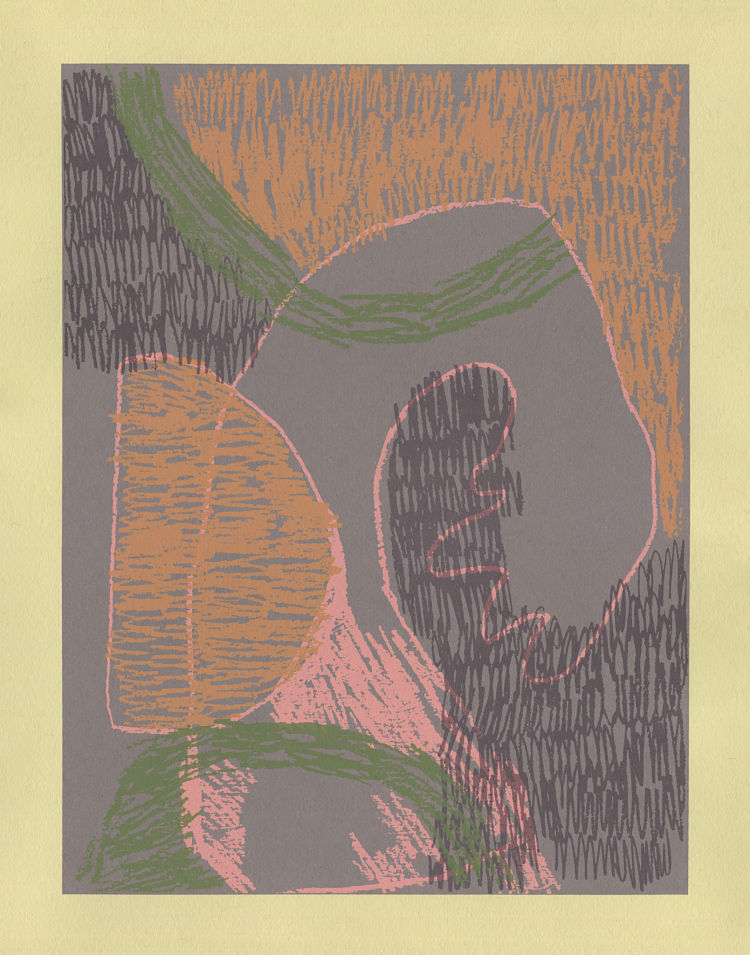
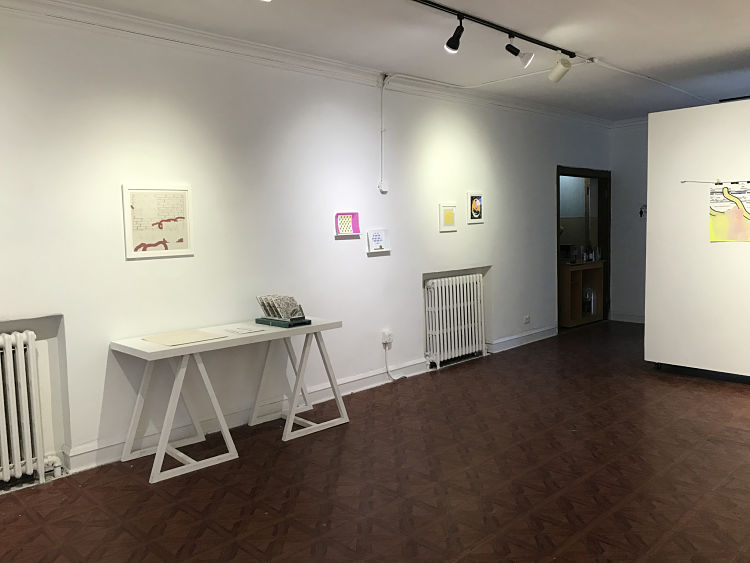 Halftone Projects was born in 2019 when Vic converted her second bedroom into a fully functioning screen printing studio where she could collaborate with friends and artists on limited edition prints. Since then, she’s produced twelve editions with nine artists. The editions vary widely in complexity and imagery, resulting in an exciting survey of artists working today. This coming August, Vic will leave Chicago to pursue an MFA at the University of Arkansas. This exhibition aligns with the release of a final edition by Elise Guillen, an Oregon based Illustrator.
Halftone Projects was born in 2019 when Vic converted her second bedroom into a fully functioning screen printing studio where she could collaborate with friends and artists on limited edition prints. Since then, she’s produced twelve editions with nine artists. The editions vary widely in complexity and imagery, resulting in an exciting survey of artists working today. This coming August, Vic will leave Chicago to pursue an MFA at the University of Arkansas. This exhibition aligns with the release of a final edition by Elise Guillen, an Oregon based Illustrator.
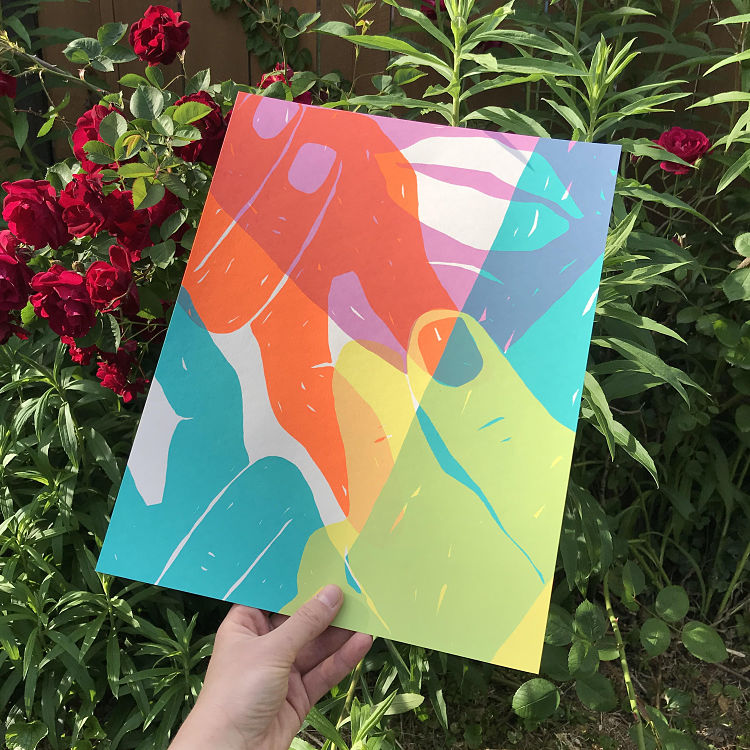
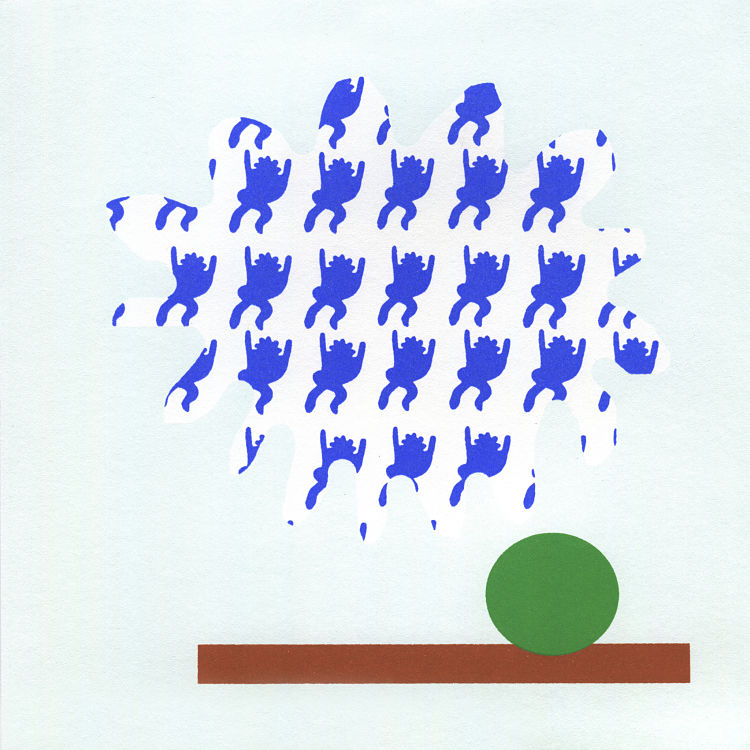 Highlighting the intersections of text, image, and architecture, my work is a document of the space around me. Through printmaking, I honour the deep connection between human beings and the built environment. Each project begins with the selection of a few photographs from my database—some which I’ve taken, others which I’ve gathered from the internet. Using digital brushes, layer masks, and halftone dots, I build a digital sketch in Photoshop. Then, I produce a physical print with screen and ink. While the original reference photos are abstracted, it’s likely that hundreds or thousands of people have witnessed the images disguised in my prints, creating an exciting potential for recognition and shared experience. Appropriating visuals in this way has led me to important questioning—when the appearance of something has been impaired, disfigured, or altered, who takes ownership? How do issues of authenticity and plagiarism relate to printmaking, digitalisation, and other methods with innate ties to reproduction?
Highlighting the intersections of text, image, and architecture, my work is a document of the space around me. Through printmaking, I honour the deep connection between human beings and the built environment. Each project begins with the selection of a few photographs from my database—some which I’ve taken, others which I’ve gathered from the internet. Using digital brushes, layer masks, and halftone dots, I build a digital sketch in Photoshop. Then, I produce a physical print with screen and ink. While the original reference photos are abstracted, it’s likely that hundreds or thousands of people have witnessed the images disguised in my prints, creating an exciting potential for recognition and shared experience. Appropriating visuals in this way has led me to important questioning—when the appearance of something has been impaired, disfigured, or altered, who takes ownership? How do issues of authenticity and plagiarism relate to printmaking, digitalisation, and other methods with innate ties to reproduction?
While the general multiplicity of print is one of my draws to the field, my particular affinity for screen printing is based in its long history of interacting with walls and public spaces through wheat pasting and street art. When the pandemic began, I started cutting up my traditional editions and combining them with misprints and rejected drawings. Not only did this limit material expenses, but it also forced me to reassess the value of my own work. The physical acts of cutting and pasting allow for a layered, personal archive, which mirrors the public archive of city streets stratified by ads and art. This new process of using a completed print as mere material requires that I reflect on past work with care and risk.
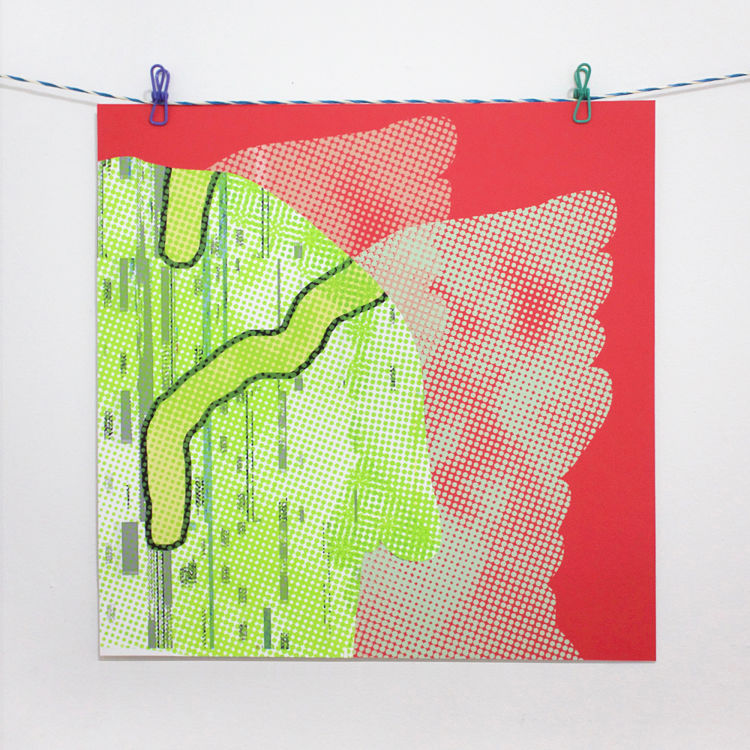
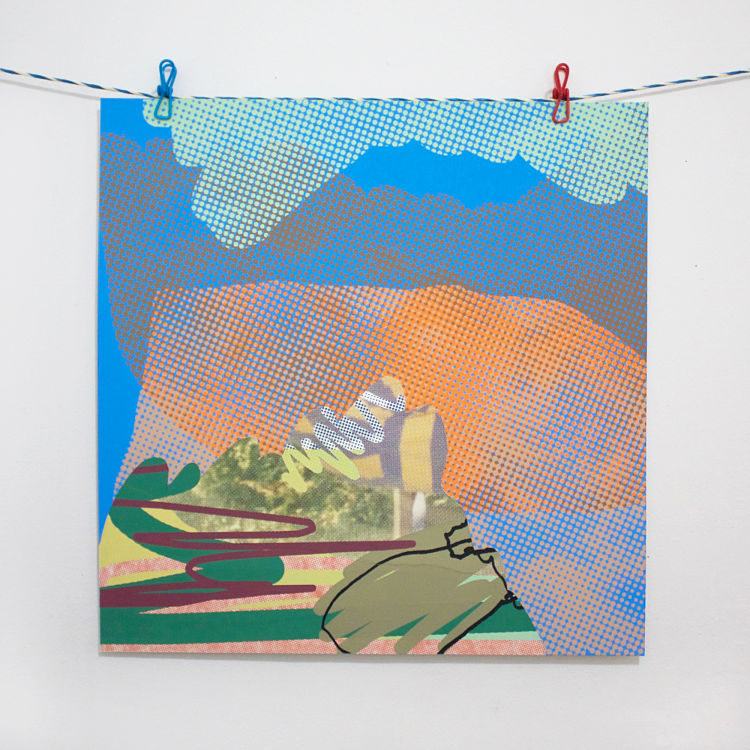
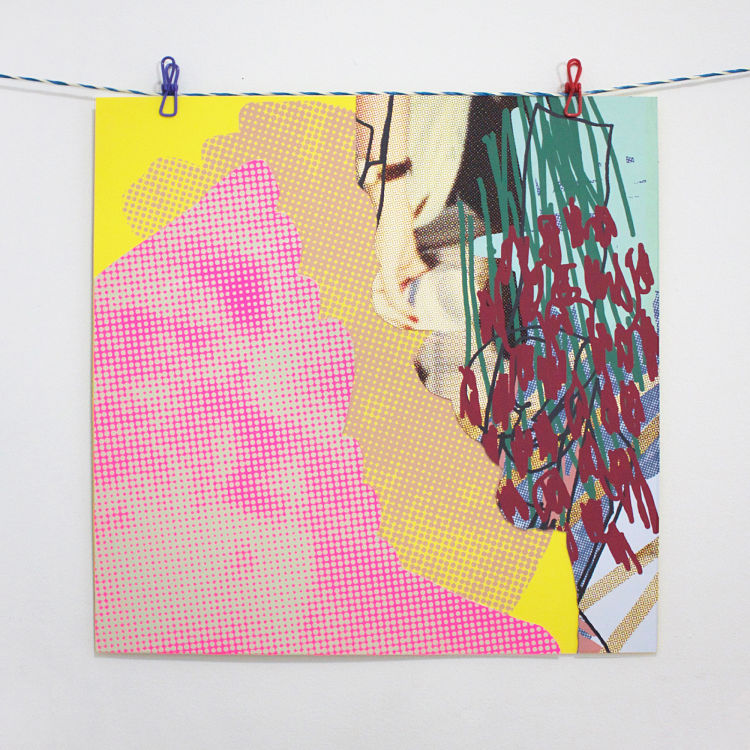 Catch the exhibition until 27/6/21 at Parlour and Ramp.
Catch the exhibition until 27/6/21 at Parlour and Ramp.
www.victoriamariebarquin.com
@vic_barq
www.halftoneprojects.com
@halftoneprojects
- Chris Richford - February 23, 2025
- LIBBY Projects + Editions - February 20, 2025
- Shoemona - February 16, 2025

